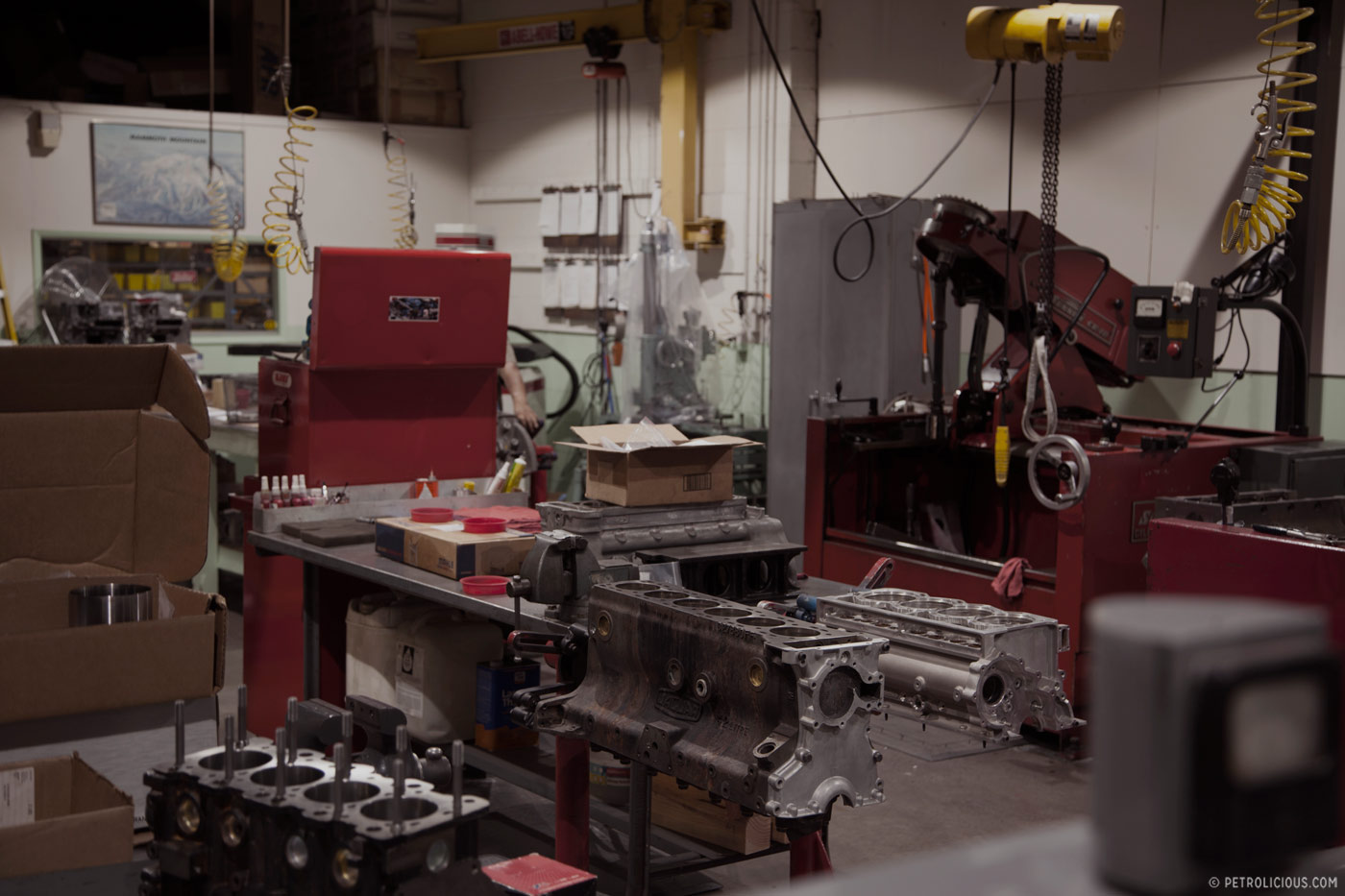

















Adaptability is Key to Engine-Builder Ed Pink’s Legend
Photography by Sam Webber and Aaron McKenzie
Unless you were looking for it, you’d have to be lost to stumble across the headquarters of Ed Pink Racing Engines. Down a dusty side street, past scrap yards and a strip club, the shop sits amidst the nondescript sprawl of Van Nuys, California. Wander inside this shop, however, and you’ll quickly realize that what happens here–and what’s been happening at EPRE since 1948–is anything but nondescript.



Take, for instance, the pictures that adorn the walls throughout the complex. Images of Indianapolis 500 winners, NHRA champions, USAC Sprint car record-holders, and Infiniti IRL wins testify to EPRE’s legendary place in motorsports. Over the decades, Ed Pink’s engines have powered drivers such as Tony Stewart, Don Prudhomme, John Hotchkis, Kasey Kahne, and Eddie Cheever to victories at the highest levels of racing.
As these photographs and names suggest, a key to EPRE’s success and longevity has been its ability to adapt. When big sponsorship money changed the landscape of drag racing in the late 1970s, the Pink team wasted no time in moving into the world of IndyCar engines in partnership with Cosworth, albeit not before winning the 1980 NHRA Natonals Funny Car title with Ed “The Ace” McCulloch behind the wheel. Similar success followed in the world of IndyCar and by 1983, a Pink-powered car was carrying Tom Sneva to victory at the 1983 Indy 500.
When the world of champ cars changed, EPRE once again shifted direction and started building six-cylinder engines for IMSA GTP Porsche 962s, despite having never built a Porsche engine before. This lack of experience didn’t matter: by the time Ed Pink and team were finished, the Jim Busby-driven 962 was making so much power that the bosses at IMSA were mandating restrictor plates on all Porsche turbo inlets.



In the ensuing years, EPRE would have its fingerprints on everything from Le Mans prototypes to the Infiniti IRL program, but for “The Old Master” himself, the time eventually came to slow down. Now 83 years-old, Ed Pink sold his operations to longtime customer Tom Malloy in 2008. However, with the shop floor now under the supervision of general manager Frank Honsowetz – who joined EPRE more than a decade ago after running the Infiniti IRL program – the Ed Pink team continues to add to the shop’s legacy.
Nowadays, a visitor to the Ed Pink shop can expect to find the EPRE team building anything from a TRD drift engine to the Indy Ford power plant for Pure Vision’s T-5R Martini Mustang or even a six-cylinder Nissan engine for a Newman-Sharp vintage race car. Variety, as it has been throughout the history of EPRE, remains this team’s lifeblood of success.















